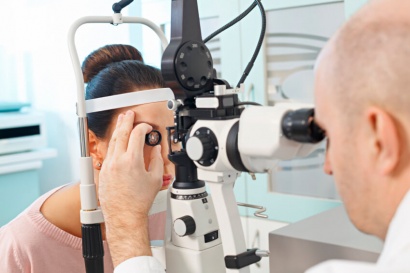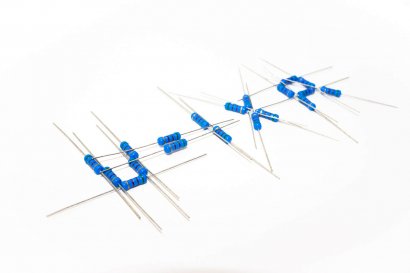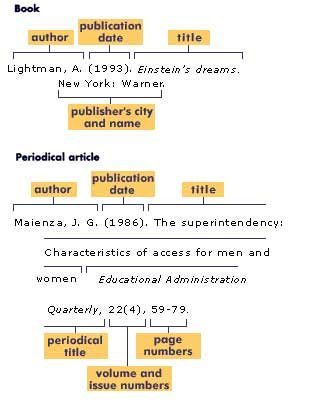 The eye It is a balloon-shaped structure responsible for detecting light and converting it into nerve impulses in order to carry out vision. It is one of the most important organs of the senses, it is found in even numbers in the upper part of the face.
The eye It is a balloon-shaped structure responsible for detecting light and converting it into nerve impulses in order to carry out vision. It is one of the most important organs of the senses, it is found in even numbers in the upper part of the face.
The eye is made up of a series of structures, many of them completely crystalline to allow light to enter, which is essential for vision.
Structures that make up the eye
The eye is made up of a series of layers that surround a cavity filled with a crystalline liquid, these are:
Sclera. It is the outermost layer, fibrous white and very resistant, its anterior part is visible between the eyelids and contains a central translucent spherical area known as the cornea.
Choroid. It is located inside the sclera and is the layer that contains the blood vessels of the eye.
Retina. It is the innermost layer of the eye, it is formed by a series of nerve endings that go towards the back of the eyeball to give rise to the optic nerve, a structure that transmits the electrical impulses captured by the eye to the brain. There is a very specialized part of the retina known as the macula, it is in charge of allowing central vision, which is much sharper than peripheral vision.
Iris. It is a disc-shaped structure that gives the eye its color, it is a kind of diaphragm that has an opening known as the pupil, the iris can increase and decrease its size, which affects the diameter of the pupil in order to regulate the amount of light that enters the eye.
Vitreous body. It is a crystalline and gelatinous liquid that fills the inside of the back of the eye providing resistance, it is also known as the vitreous humor. It is located behind the lens.
 Crystalline. It is a transparent lens that is located behind the iris, it is capable of changing its shape to allow accommodation, a necessary process to better focus and visualize objects at any distance.
Crystalline. It is a transparent lens that is located behind the iris, it is capable of changing its shape to allow accommodation, a necessary process to better focus and visualize objects at any distance.
Aqueous humor. It is a crystalline liquid less dense than the vitreous humor that is located between the cornea and the lens, one of its functions is to allow the supply of nutrients and oxygen to both the lens and the cornea, structures that lack blood vessels.
Protective elements of the eye
The eye is located within a cavity of the skull known as the orbit, which constitutes an important protective element. The outer surface of the eye is lined towards the back by a series of muscles that allow it to carry out its different movements.
On the outside there is a skin covering that covers it, this has an opening that divides it into two parts, the upper eyelid and the lower eyelid that is its edge has a series of hairs called eyelashes that act as a barrier. Under the upper eyelid, the tear glands are located that produce a secretion called tears that allows to lubricate and facilitate the movement of the eyeball.
Photos: iStock - ultramarinfoto / petek arici









